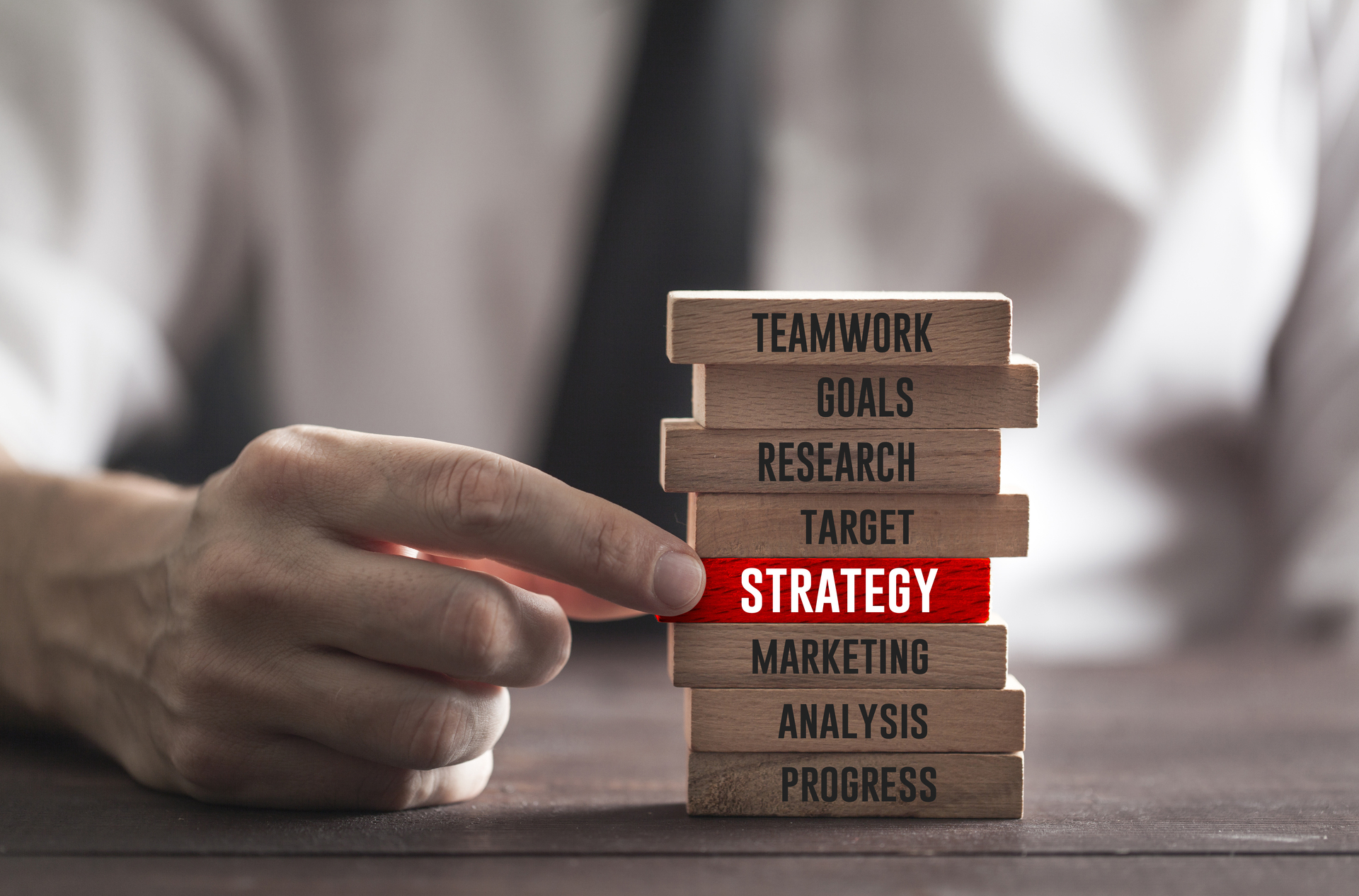In today’s crowded B2B markets, many companies find themselves competing on price, chasing leads that don’t convert, and struggling to stand out. What is the problem behind these challenges? A lack of differentiation.
When you look and sound like every other competitor, customers see you as just another option, driving prices down and profits with them.
A Common Problem: Very Little Differentiation
- Markets are crowded with similar solutions, so competition is primarily on price.
- Companies often don’t deeply understand their ideal customers’ real problems,
- Without this understanding, differentiation efforts become superficial or based on internal assumptions.
- A fear of focus differentiation requires narrowing one’s focus.
- If you differentiate only by adding features, competitors will likely catch up.
But when you differentiate, you unlock the ability to charge premium prices, attract higher-value clients, and build lasting customer relationships that fuel predictable growth.
One Important Solution: Creative Differentiation
- Finding new ways to solve customer problems requires both vertical and lateral thinking, as well as fresh perspectives.
- True differentiation often stems from unexpected ideas—a different business model, a novel pricing strategy, or a unique combination of services.
- Creative techniques, such as lateral thinking or vertical thinking, help uncover hidden needs or untapped markets.
- Creative differentiation is about standing for something unique that resonates with your audience.
- Creative storytelling and messaging also make your differentiation memorable and meaningful.
Without creativity, you risk incremental changes that often fail to stand out and may be easily duplicated by competitors.
With creativity, you can build bold, category-defining differentiation that drives higher revenues and profits.
Visit my website or QuickInsights for more information on transforming revenue challenges into predictable revenues and profits and creating a competitive advantage. You can also email me with any questions or comments, positive or negative. I also enjoy learning and sharing.
Cheers, Jim Zitek
Turn B2B Revenue Problems Into Predictable Revenues and Profits.










